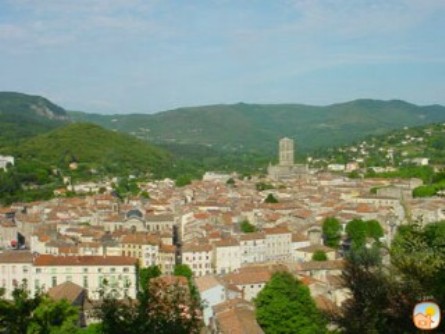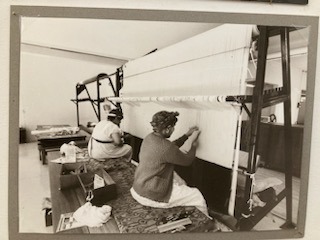
Liberté, Egalité, Fraternité.
How Lodève played its part.
POLITICS
Joan
12/2/20234 min read
"Liberté, Egalité, Fraternité," who can possibly question this central tenet of the French constitution? But as we are all too aware, the right wing is growing more powerful all over Europe. In recent Dutch elections the right wing populist Party for Freedom won the greatest number of seats, while in France the far right leader Marine le Pen is a serious contender in the next presidential elections. So how does it feel to live in France? Are these values truly being upheld? This week saw the fortieth anniversary of a national anti-racism march. It all began when a twenty year old youth worker from an Algerian family was shot by police when helping a boy who had been bitten by a dog. Afterwards he called for a march between Marseilles and Paris to emphasise the need for non violence and unity. This march has taken place yearly ever since . But whilst this march is often compared to the non violence movement of Martin Luther King, how many people are aware of it, or indeed actually participate? Activists are saying that their message should be widely taught in schools , to combat the divisive attitudes of today. The recent police shooting of Nahel, a seventeen year old boy of Algerian descent, who was caught in a traffic stop, has been causing widespread protests , counter posed by a growing number of right wing street marches. And as conflict in Gaza continues, Jewish residents are feeling increasingly threatened in Paris. Clearly all is not well with the principles of the French constitution in France
But I live in a rural bubble. It is hard to know exactly how things really are. Whilst Montpellier seems to be a buzzing city with a vibrant multi racial feel, no doubted helped by the large student population, our home town of Lodève feels very different. Here there seem to be two distinct communities: original French born residents, and a large population of North African people and their descendants who mostly came to Lodève at the time of Algerian independence. From my superficial viewpoint there seems to be little mixing between these groups, and from time to time I sense a little resentment. But it was not always so. Back then,our little town of Lodève took action of which it should feel very proud. Let me tell you a feel good story...
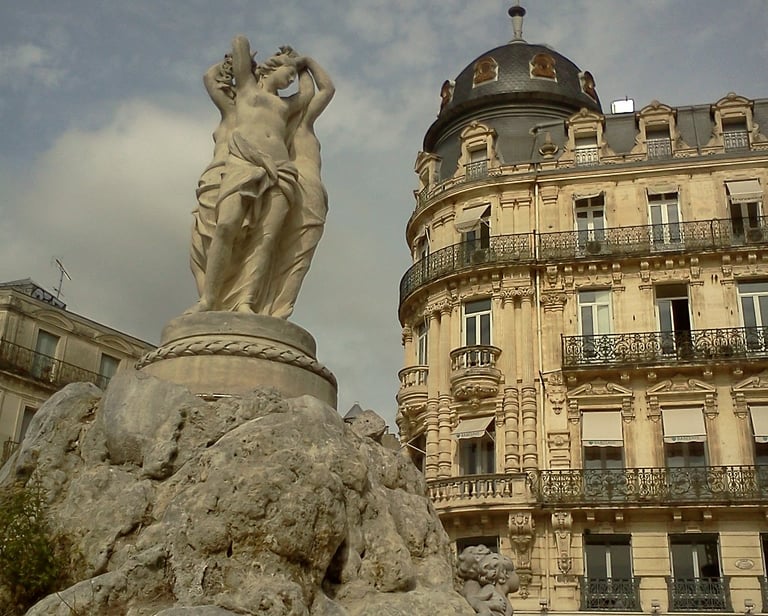


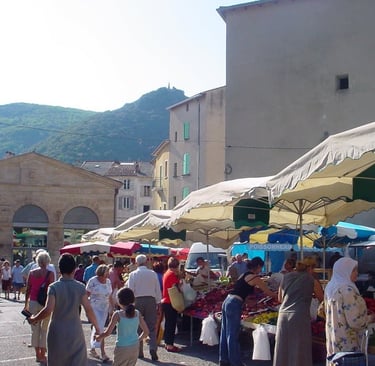
Les Harkis.
When Colonialist rule came to an end in Algeria, after eight years of bloody civil war, 90.000 French colonialists returned to France. This group of people are known as 'les pieds noirs' to this day. But there was also a large group of native Algerians who had supported the French regime. Many of these were killed by their fellow countrymen, while 91,000 fled to France, where they are known as 'les harkis.' But France was ill prepared for such a large influx of people, and les harkis were housed in refugee camps. Fit young men were easy to employ, but many of the women only possessed domestic skills, and were mostly illiterate. But they were highly competent at weaving traditional woollen carpets. The mayor of Lodève had a great idea. With financial support from the government, they would welcome 60 families to live here . The women would be employed to weave carpets, using their traditional skills, and this would all be housed in Lodève's abandoned textile mills. ( If you have read my earlier blogs, you will know that Lodève once had a thriving textile industry which supplied cloth for Napoleon's armies.) But sadly these traditional North African carpets were not as popular as the mayor had hoped. So he consulted France's Minister for Culture, the renowned André Malraux, and an even greater scheme was born.
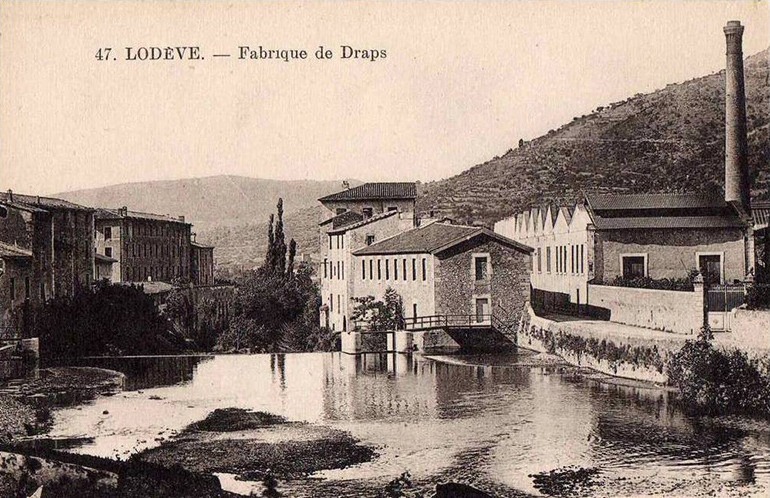

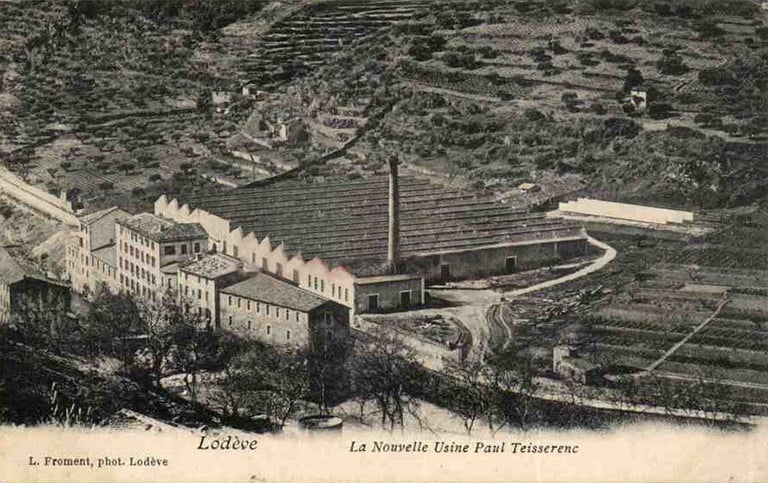

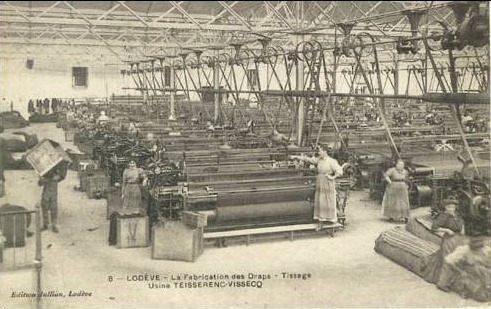

Malraux' dream was to create new carpets based upon copies of contemporary art, with which to grace grand state buildings, palaces and foreign embassies. They were to be made using the 'Savonnerie technique' which refers to a style of carpet first seen in the palaces of Louis XIV, and would reflect the glory of De Gaulle's modern day France. Only one other such factory exists in the whole of France, and that is in Paris. But unfortunately the skills of these women weavers were not commensurate with this project. Moreover the women were illiterate, and did not speak French. So another large project was undertaken. First of all, some of the returning French colonialists were trained in these skills , which they then passed on to the Algerian women. What a wonderful way to welcome this group of immigrants to France, and equip them with invaluable skills of which they could feel justifiably proud.
How I wish that my feel good story could end on that note. Sadly, at some point along the way, it was decided that future workers at the National Savonnerie should be 'fonctionnaires.' To achieve this status, potential employees not only have to be French, they have to undergo a long and competitive training. And so, over a period of twenty years, the original Algerian workers were phased out . Now only a very few of the recent workers at La Savonnerie have been the daughters or granddaughters of the original Algerian women weavers. Guided visits are conducted around the Savonnerie every Thursday and Friday. I am excited to say that I have arranged a visit for next week, and will report back in my next blog. Sadly I will not be able to buy one of these magnificent creations! The labour for one carpet alone can cost over half a million euro.
